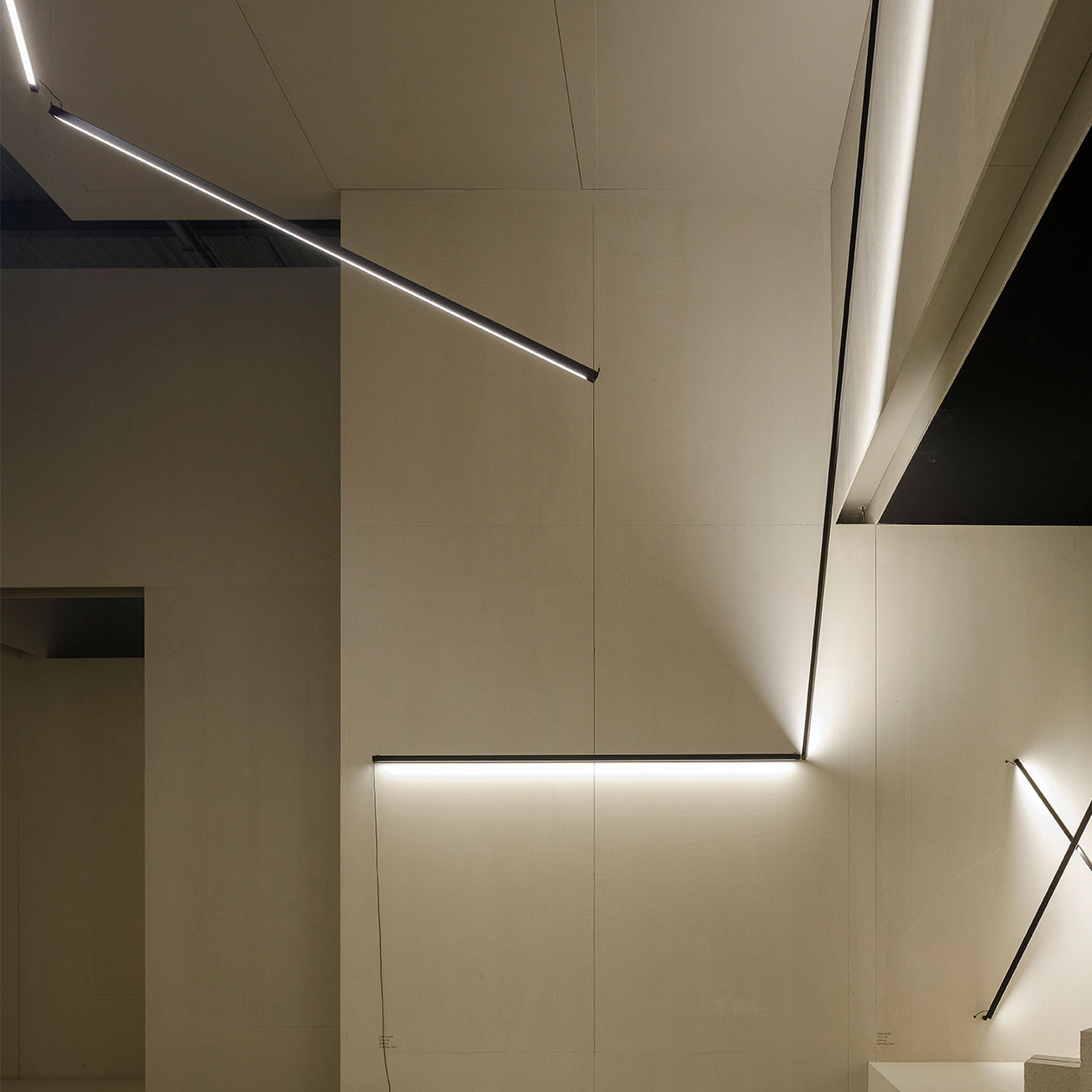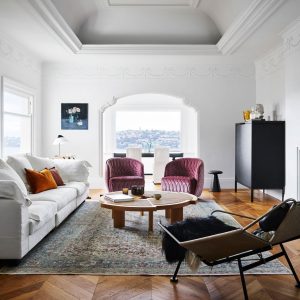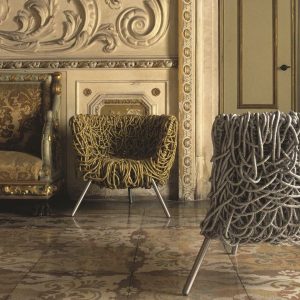
Discover the Excellence of Scandinavian Products: Unveiling the Quality, Design and Sustainability
Unveiling the Quality, Design and Sustainability
The Scandinavian Design Movement
The Scandinavian design movement emerged in the 1950s and 1960s, and was characterized by its simplicity, functionality and minimalism. Influenced by the Bauhaus movement, Scandinavian designers aimed to create products that were not only aesthetically pleasing, but also useful and accessible to everyone. This approach was a reaction to the opulent and ornate designs of the time, and focused on using natural materials, such as wood, leather and wool, to create clean and timeless shapes.
The iconic designs of this period include the Egg Chair by Arne Jacobsen, the Paimio Chair by Alvar Aalto, and the PH Lamp by Poul Henningsen. These pieces have become synonymous with the Scandinavian design aesthetic and are still produced and sold today.
The Importance of Quality
Quality is at the core of Scandinavian products. The region has a long history of craftsmanship and uses only the finest materials to create products that are built to last. This emphasis on quality extends beyond just furniture and design objects, but also applies to everyday items such as clothing, kitchenware and skincare products. The popularity of Scandinavian products can be attributed to their durability, functionality and attention to detail.
For example, brands such as Fjällräven and Helly Hansen are known for their high-quality outdoor clothing, which is designed to withstand harsh climates and last for years. Similarly, Marimekko, a Finnish brand, produces textiles that are not only beautiful, but also made to last. These products are passed down through generations, becoming an important part of family traditions and legacies.
Sustainability as a Key Factor
The importance of sustainability has been a key factor in the success of Scandinavian products. The region has a strong tradition of environmental stewardship and has been at the forefront of sustainable design practices for decades. This has led to the creation of products that are not only beautiful, but also ecologically and socially responsible.
Brands such as Stokke, known for their iconic Tripp Trapp highchair, focus on sustainable materials and production processes. The chair is made from natural beech wood and can be adjusted to fit the child as they grow, reducing waste and promoting longevity. Another example is the Swedish brand Edblad, which uses recycled metals and environmentally friendly production methods to create their jewelry and accessories.


